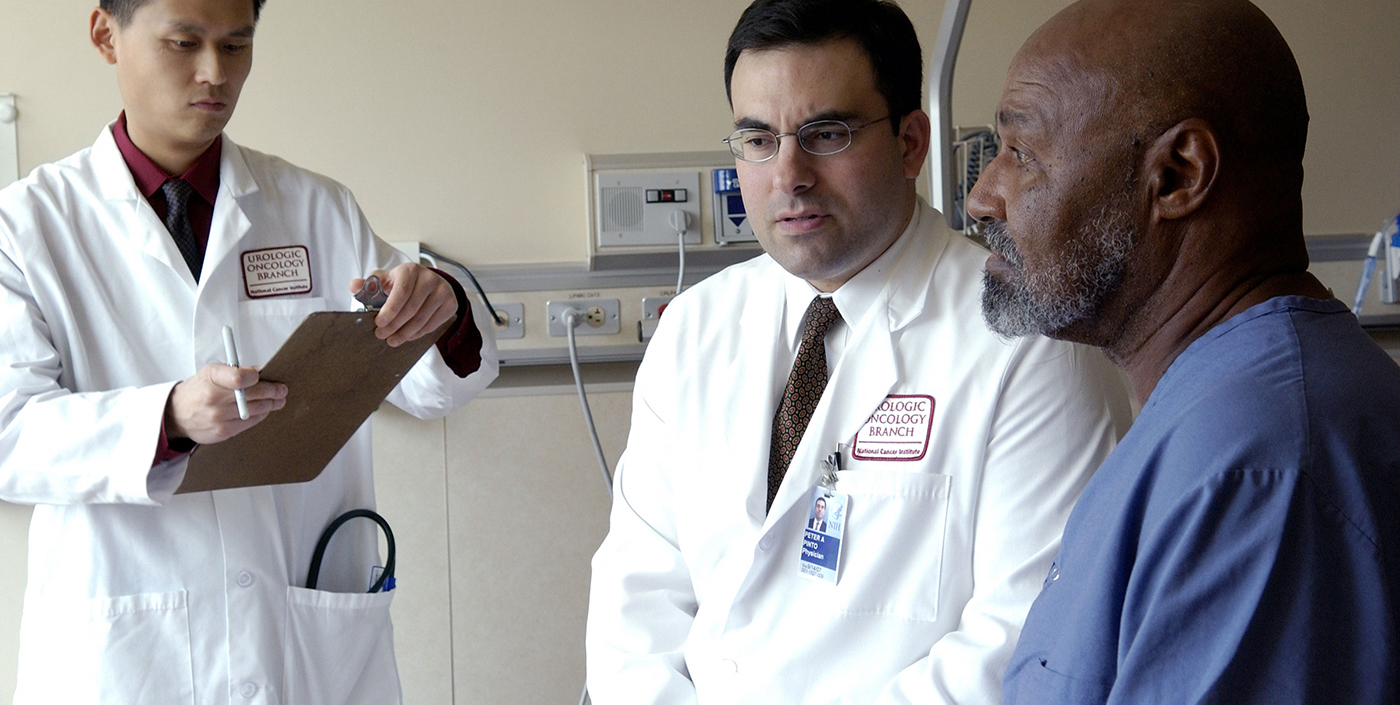M&M Insurance
Auto Insurance Info
An auto insurance policy is a package of different coverages. Most states require you to purchase a minimum amount of certain kinds of coverage. But if you're interested in protecting yourself from a lawsuit or from hefty repair bills, then it makes sense to buy more than what's required.
Liability Insurance
Liability Lingo
Liability coverage limits (that's for the damage you do to others) is usually presented as a series of three numbers. For example, your agent might say that your policy carries liability limits of 20/40/10. That stands for $20,000 in bodily injury coverage per person, $40,000 in bodily injury coverage per accident, and $10,000 in property-damage coverage per accident.
Liability coverage is the foundation of any auto insurance policy, and is required in most states. If you are at fault in an accident, your liability insurance will pay for the bodily injury and property damage expenses caused to others in the accident, including your legal bills. Bodily-injury coverage pays for medical bills and lost wages. Property-damage coverage pays for the repair or replacement of things you wrecked other than your own car. The other party may also decide to sue you to collect "pain and suffering" damages.
The foundation of your auto insurance puzzle is liability insurance. Forty-five states require the purchase auto liability insurance (New Hampshire, South Carolina, Tennessee, Virginia, and Wisconsin don't mandate liability coverage), so your insurance minimum will depend on where you live. For example, in Texas, drivers have to purchase at least $20,000 worth of bodily injury coverage per person, $40,000 worth of bodily injury coverage per accident, and $15,000 worth of property damage coverage (also known as 20/40/15).
See the Minimum levels of required auto liability insurance to find out what's required where you live. Remember, if you cause a serious accident, minimum insurance may not cover you adequately. That's why it's a good idea to buy more than what your state requires. If you own a home and have nest egg and a savings account, you should consider more liability insurance because, in most states, drivers are allowed to sue other drivers who injure them in car accidents. If you're sued and your liability insurance doesn't pay for all of the damages, your personal finances are on the hook, and it's likely you'll become a target.

Collision and Comprehensive Coverages
If you cause an accident, collision coverage will pay to repair your vehicle. You usually can't collect any more than the actual cash value of your car, which is not the same as the car's replacement cost. Collision coverage is normally the most expensive component of auto insurance. By choosing a higher deductible, say $500 or $1,000, you can keep your premium costs down. However, keep in mind that you must pay the amount of your deductible before the insurance company kicks in any money after an accident.
Comprehensive coverage will pay for damages to your car that weren't caused by an auto accident: Damages from theft, fire, vandalism, natural disasters, or hitting a deer all qualify. Comprehensive coverage also comes with a deductible and your insurer will only pay as much as the car was worth when it got wrecked.
Medical Payments, PIP, and No-Fault Coverages
MedPay will pay for your and your passengers' medical expenses after an accident. These expenses can arise from accidents while you're driving your car, someone else's car (with their permission), and injuries you or your family members incur when you're pedestrians. The coverage will pay regardless of who is at fault, but if someone else is liable, your insurer may seek to recoup the expenses from him or her.
Personal injury protection (PIP) and broader "no-fault" coverages are expanded forms of medical payments protection that may be required in your state. Some states have optional PIP or no-fault coverage. Expanded features include payments for lost wages and child care.
If you have a good health insurance plan, there might be little need to buy more than the minimum required PIP or MedPay coverages, if at all. And, if you already have disability insurance, there's little reason to purchase higher-than-minimum amounts of PIP.

Uninsured/Underinsured Motorists Coverages
Uninsured motorists (UM) coverage pays for your injuries if you're struck by a hit-and-run driver or someone who doesn't have auto insurance. It is required in many states.
Underinsured motorists (UIM) coverage will pay out if the driver who hit you causes more damage than his or her liability coverage can cover. In some states, UM or UIM coverage will also pay for property damages.
You'll probably want to have at least the minimal amount of UM/UIM because if you can't find the other driver, you'll at least have some coverage for pain-and-suffering damages.
Add-On Features
Several supplemental auto coverages are available, either as separate premium items or included in augmented policies.
- Rental reimbursement, a common add-on, covers vehicle rentals required because your car is damaged or stolen.
- Coverage for towing and labor charges in case of a road breakdown is also common.
- Gap coverage for your new car will pay the difference between the actual cash value you receive for the car and the amount left on your car loan if your vehicle is totaled in an accident.


